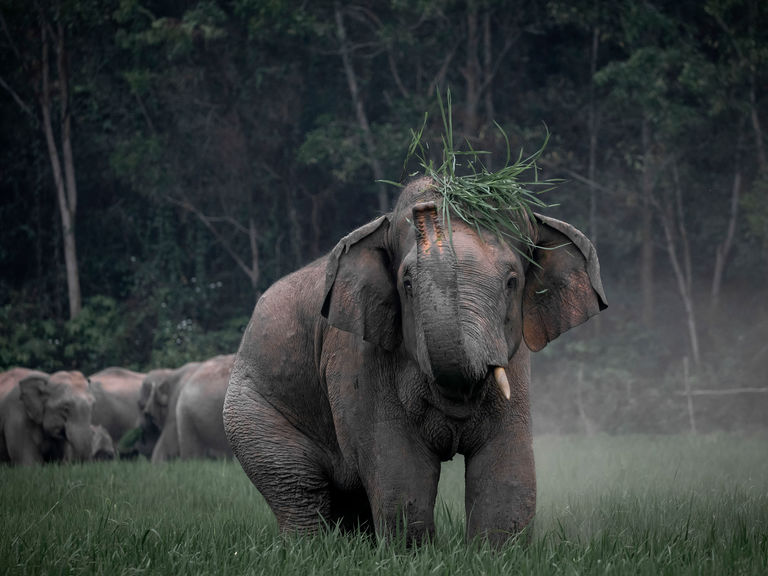Project Detail: Fight for Home
Contest:
Swiss Storytelling Photo Grant 9th
Brand:
LuganoPhotoDays
Author:
K M Asad
Status:
Selected
Project Info
Fight for Home
Asian wild elephants have been living in Bangladesh for thousands of years. The increasing settlement in forests and hills, the grabbing of forest land, and unplanned development have led to a vast destruction of the elephants’ natural habitat. Elephants are increasingly forced out of the forests in search of food – make causes intense conflicts between elephants and humans.
“For the past six months, we have not been able sleep because of the “thieves”. They come at night and eat our food”, says the Garo village headman’s wife Mimita. She says that almost every night, a herd of 40 to 50 elephants moves across the border from Meghalaya, India into the Sherpur District in Bangladesh. The elephants sneak up silently, in search of food, they destroy paddy fields, sometimes houses. Visar Kobir headman is angry: “If they eat our rice, how do I feed my family?” He is sad too, he has lost his brother Opu Mark because of a clash with a wild Elephant on 27 May, 2021. Another villager survived a clash with an elephant, in his helplessness he filed a case against the giant with the local police.
The villagers in the border areas whose lives depend on subsistence farming, spend months of sleepless nights during the rice cultivation seasons twice every year. They light fires, roam the fields with strong flashlights and use horns and drums to keep the elephants at distance. They are frightened to lose their rice; the months of hard physical labor could be in vain, their livelihood lost at any moment.
Asian wild elephants have been living in Bangladesh for thousands of years. The increasing settlement in forests and hills, the grabbing of forest land and unplanned development have led to a vast destruction of the elephants’ natural habitat. Elephants are increasingly forced out of the forests in search of food – a cause for intense conflicts between elephants and humans. According to forest officials, more than 50 wild elephants fell victim to this conflict in the past five years, 34 of them in 2021 alone. The biggest threat to the elephants’ survival is live electric wires that farmers use to keep out grazing elephants. The remaining estimated 260 wild elephants in Bangladesh have been listed as a critically endangered species by the International Union for Conservation of Nature (IUCN) due to the diminishing habitat and unusual deaths.
If solutions are not created very soon, Asian wild elephants will no longer be found in Bangladesh in the near future.


















